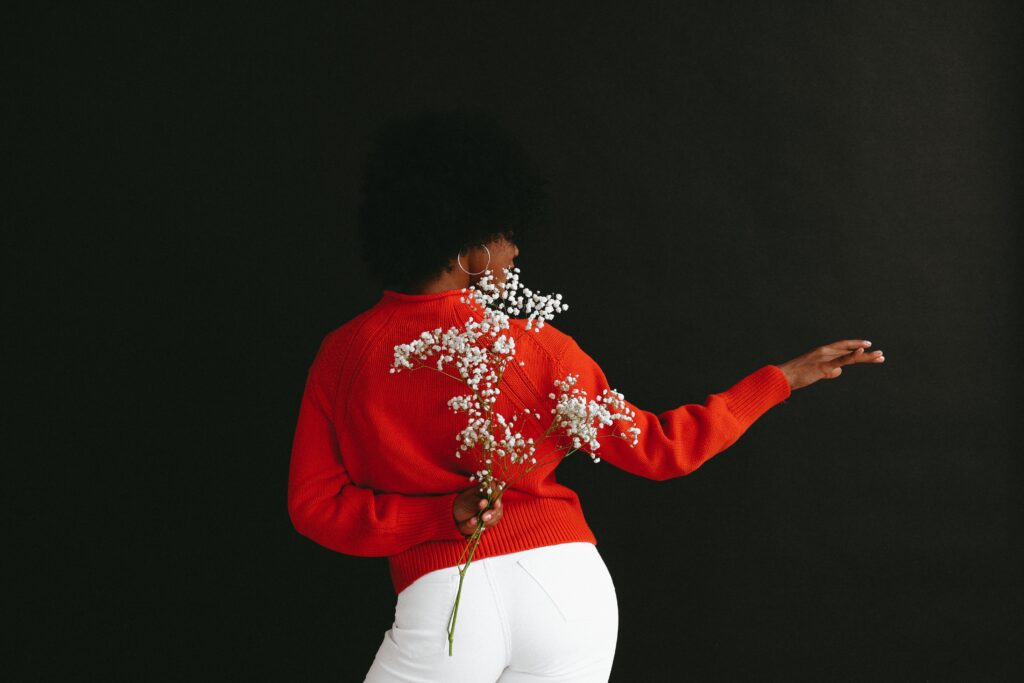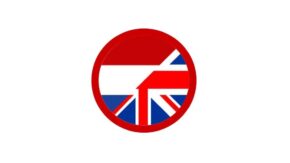
You are first going to learn the present tense of “having” (hebben) in Dutch. We will explore the singular form. We will look at the plural form. We will then examine the first person. The informal second person is used to address friends.
Singular
| Dutch | English | ||
| 1 | Hebben. | Having. | |
| 2 | Ik heb. | I have. | |
| 3 | Jij heb. | Informal | You have. |
| 4 | U heeft | Formal | You have. |
| 5 | Hij heeft. | He has. | |
| 6 | Zij heeft. | She has. | |
| 7 | Het heeft. | It has. |
The formal second person is used to address strangers, elderly and bosses. You will learn how to use it with the masculine form. You find out how it is used with the feminine form. And you will see how it is used with an object in Dutch.
Plural
| Dutch | English | ||
| 8 | Wij hebben. | We have. | |
| 9 | Jullie hebben. | Informal | You have. |
| 10 | U hebt. | Formal | You have. |
| 11 | Zij hebben. | They have. |
Question
Now, from the tables above, you have learned how to say, “I have.” “ You have.” “ They have.” Next, the question becomes, how do you turn them into questions? You switch them around. Heb ik? – Have I? I will follow up with another post for asking questions with “having” in Dutch.
